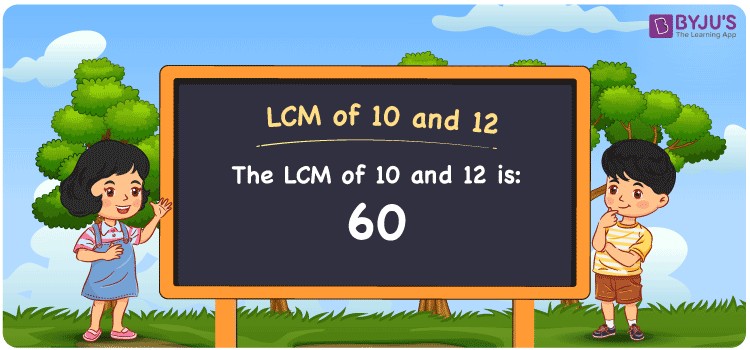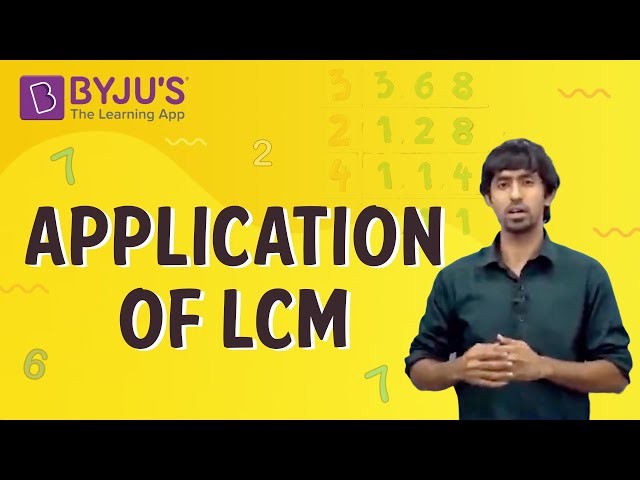The least common multiple (LCM) of 10 and 12 is 60. This signifies that 60 is the smallest positive integer that is perfectly divisible by both 10 and 12. Understanding how to calculate the LCM is crucial in various mathematical applications.
Methods to Determine the L.C.M of 10 and 12
There are several approaches to finding the LCM of two numbers. Let’s explore three common methods: prime factorization, division method, and listing multiples.
1. Prime Factorization Method
This method involves breaking down each number into its prime factors.
- Prime Factorization of 10: 2 x 5
- Prime Factorization of 12: 2 x 2 x 3 (or 2² x 3)
To find the LCM, we take the highest power of each prime factor present in the factorizations: 2² x 3 x 5 = 60.
2. Division Method
The division method simplifies the process by repeatedly dividing the numbers by common prime factors.
| Prime Divisor | 10 | 12 |
|---|---|---|
| 2 | 5 | 6 |
| 2 | 5 | 3 |
| 3 | 5 | 1 |
| 5 | 1 | 1 |
Multiplying the divisors yields the LCM: 2 x 2 x 3 x 5 = 60.
3. Listing Multiples
This method involves listing the multiples of each number until a common multiple is found.
- Multiples of 10: 10, 20, 30, 40, 50, 60, 70…
- Multiples of 12: 12, 24, 36, 48, 60, 72…
The smallest common multiple in both lists is 60, which is the LCM.
Practical Applications of LCM
The concept of LCM extends beyond theoretical mathematics and finds practical use in various real-world scenarios, such as:
- Adding Fractions: Finding a common denominator, which is often the LCM of the denominators, is essential for adding fractions with different denominators.
- Scheduling: Determining the LCM of different time intervals helps in scheduling recurring events or tasks efficiently.
- Engineering: LCM is used in gear ratios and other mechanical calculations where synchronization is crucial.
Frequently Asked Questions about the LCM of 10 and 12
Q: What is the difference between LCM and GCF (Greatest Common Factor)?
A: LCM is the smallest multiple that two or more numbers share, while GCF is the largest factor that divides two or more numbers without a remainder. The GCF of 10 and 12 is 2.
Q: Can the LCM of two numbers ever be 1?
A: No. The smallest possible LCM for two distinct positive integers is the smaller of the two numbers if one is a multiple of the other. Otherwise, it’s a larger number.
Q: Is there a relationship between the LCM and the product of two numbers?
A: Yes, the product of two numbers is equal to the product of their LCM and GCF. In this case: 10 x 12 = 120 and 60 (LCM) x 2 (GCF) = 120. This relationship can be helpful in quickly calculating one value if the others are known.

